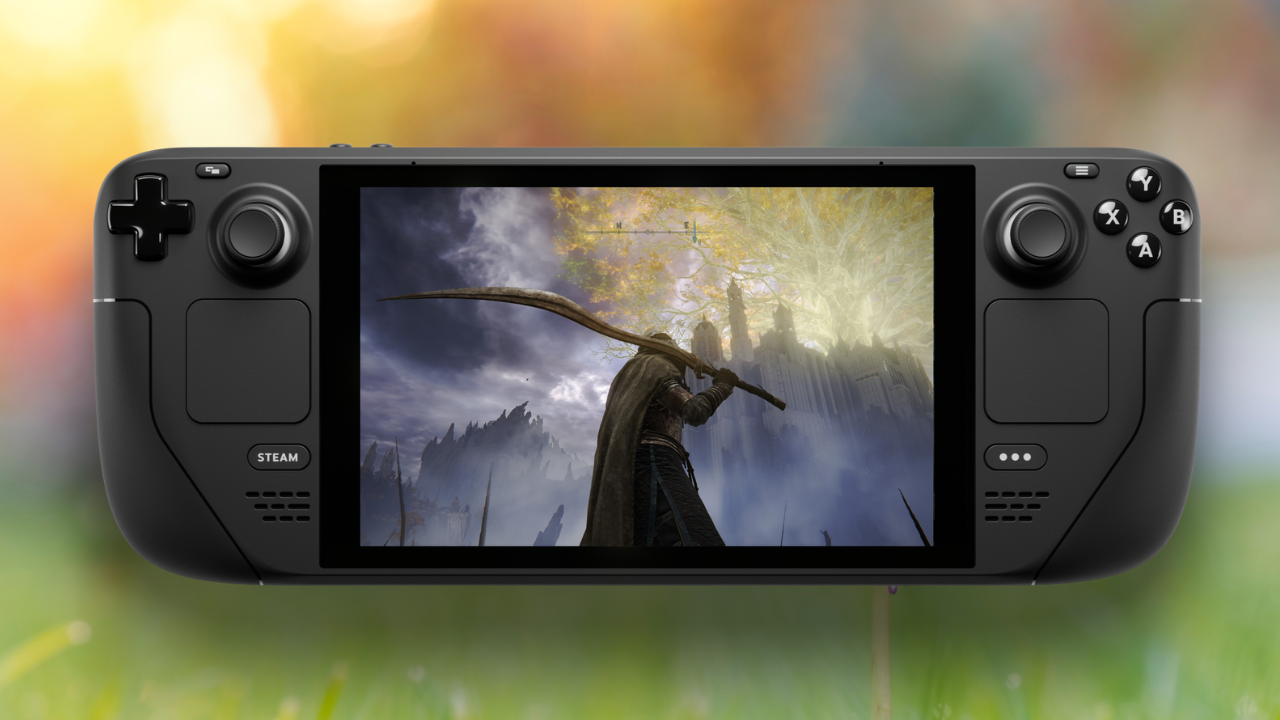Portable gaming no longer means compromising on performance. A new wave of handheld gaming PCs is closing the gap between consoles and laptops, putting serious hardware in a form factor that fits in a small bag. From Valve’s Steam Deck to Windows-based rivals like ASUS ROG Ally and Lenovo Legion Go, this category is maturing fast and redefining what “play anywhere” really looks like.
Under the shell, the difference is silicon. Modern handhelds pair efficient AMD APUs with fast LPDDR5 memory and NVMe storage, delivering frame rates once reserved for entry-level notebooks. Smart power profiles let you dial the device from a cool, quiet 10–15W for indie titles up to 25–30W for demanding blockbusters. Upscaling tech such as FSR and game-level resolution scaling help maintain smooth performance without nuking battery life.

Software is the other pillar. SteamOS gives the Deck a console-like experience with verified game badges, robust suspend/resume, and quick overlays for TDP, frame limiting, and shader caching. Windows-based handhelds trade that polish for flexibility: native launchers for Game Pass, Battle.net, and Epic, plus PC apps, mods, and emulators. Driver support and handheld UX layers have improved, and controller-friendly front ends make Windows feel less like a desktop crammed onto a 7-inch screen.
Battery life is the unavoidable reality check. Expect two to four hours in modern 3D games, longer for retro and indie fare. The difference between a game-capped 40 fps and an uncapped 60+ can be an extra hour of play. Frame caps, variable refresh rate, and lowering TDP are the levers that matter most. Quick-charging USB-C PD and 65W compact chargers make top-ups painless, and high-end docks add HDMI, Ethernet, and peripherals for a living-room or desk setup in seconds.
Controls and ergonomics separate the good from the great. Hall-effect sticks reduce drift, rear paddles keep fingers on the triggers, and in the Deck’s case, trackpads enable precise cursor control in PC-first games. Bigger screens, like Legion Go’s 8.8-inch panel, improve clarity but add weight; smaller devices feel better on long commutes. Whichever direction you lean, a balanced grip, good shoulder buttons, and accessible overlays are worth more than flashy RGB.
Cloud gaming slots in as a useful complement rather than a replacement. GeForce Now and Xbox Cloud Gaming can offload heavy titles and extend battery life, but offline play and train-tunnel dead zones still favor native installs. Storage planning matters: 512GB fills quickly, yet a 1TB NVMe upgrade and fast UHS-I microSD cards make library juggling manageable.
The broader impact is already visible. For casual and mid-core players, a handheld PC can replace a secondary laptop or even a living-room console, especially with a dock and Bluetooth controller. PC-exclusive genres—strategy, sims, MMOs—are newly viable on the couch. Meanwhile, laptop makers are leaning into low-power profiles and better iGPU performance as the portability bar rises.
What’s next? Expect sharper OLED displays, quieter cooling, and more efficient chips with AI-assisted upscaling baked in. The winning handheld won’t just post bigger benchmark numbers; it will balance power, portability, and a frictionless software experience. Portable play has always been about convenience—now it finally brings the PC library along for the ride.